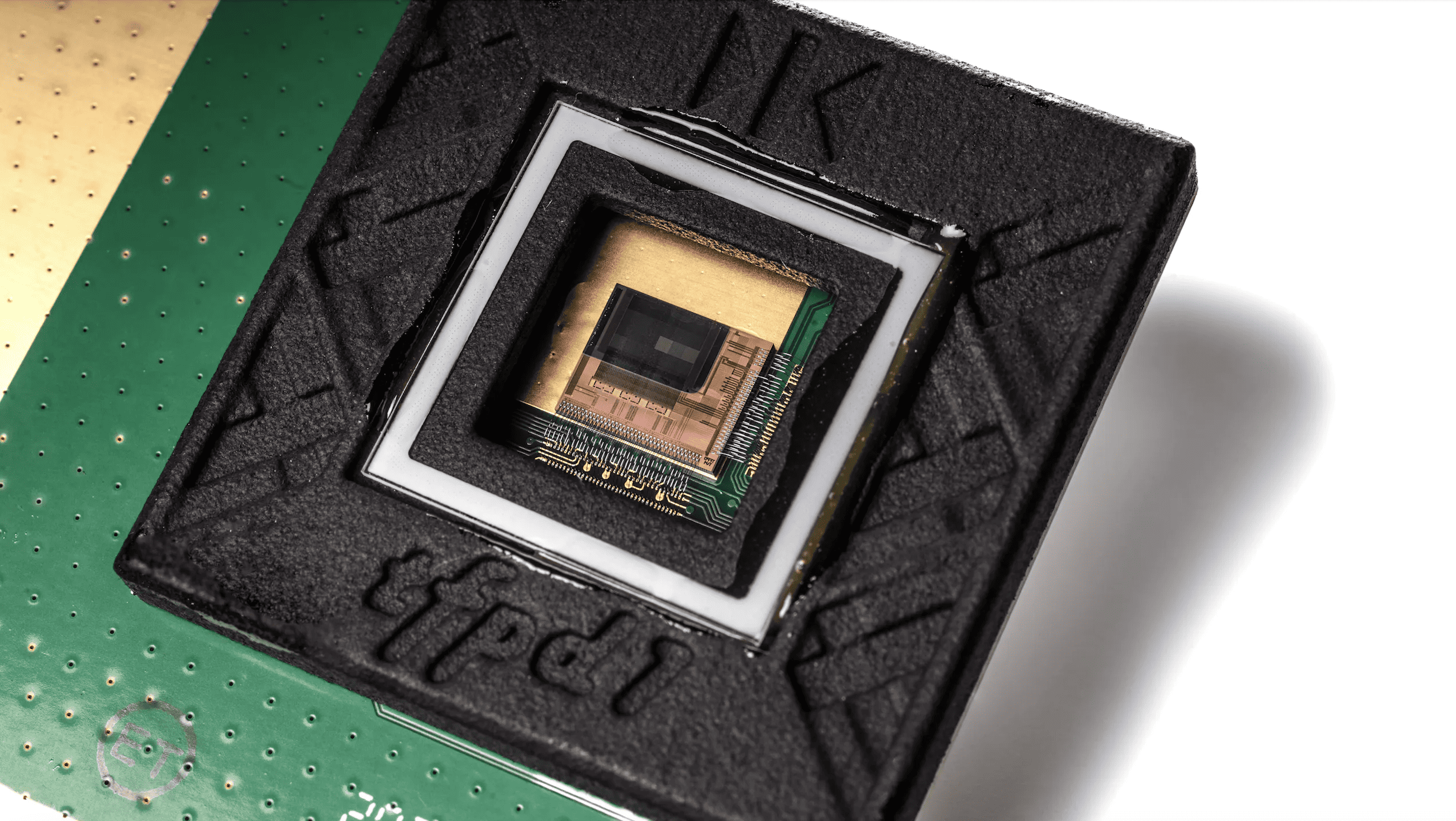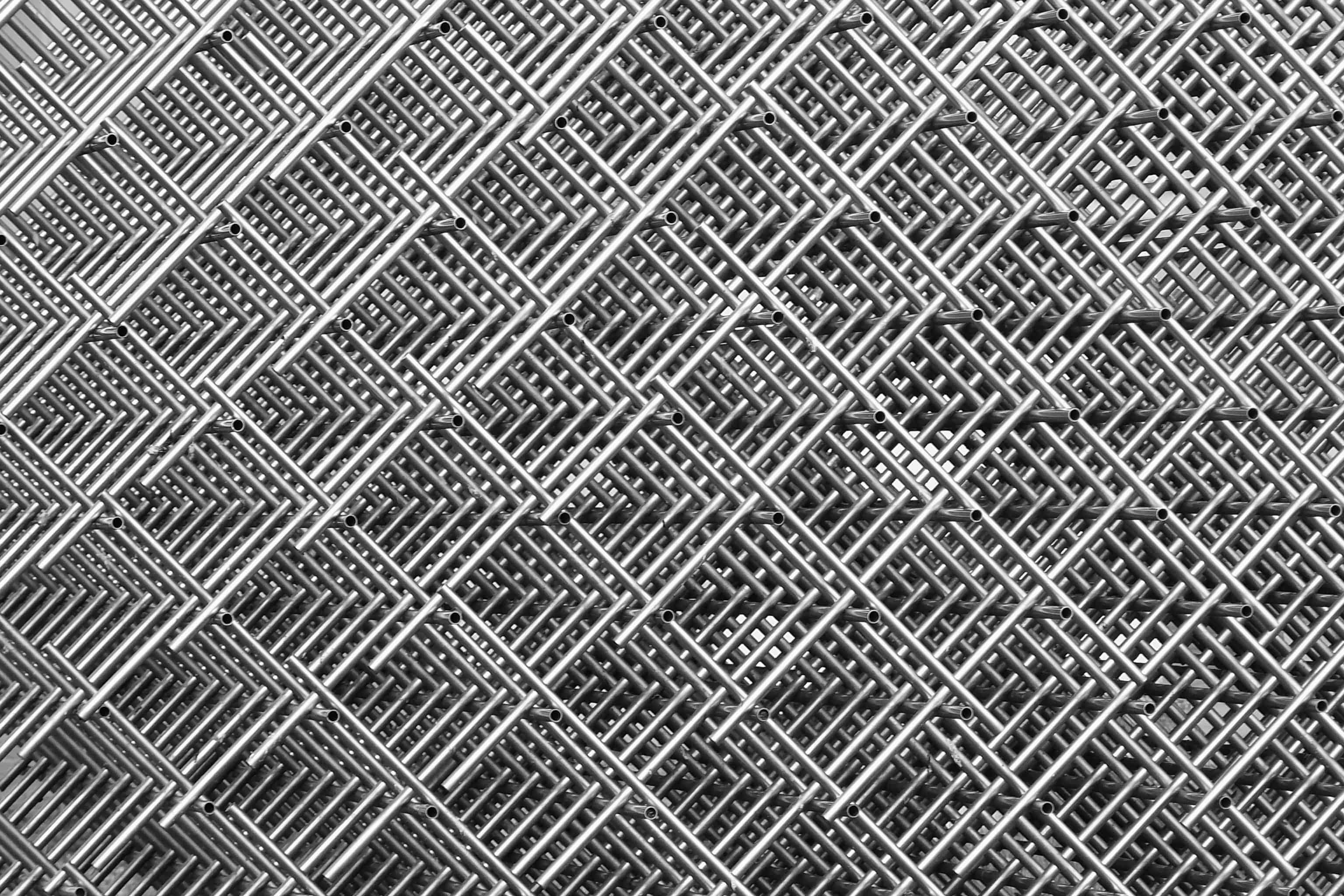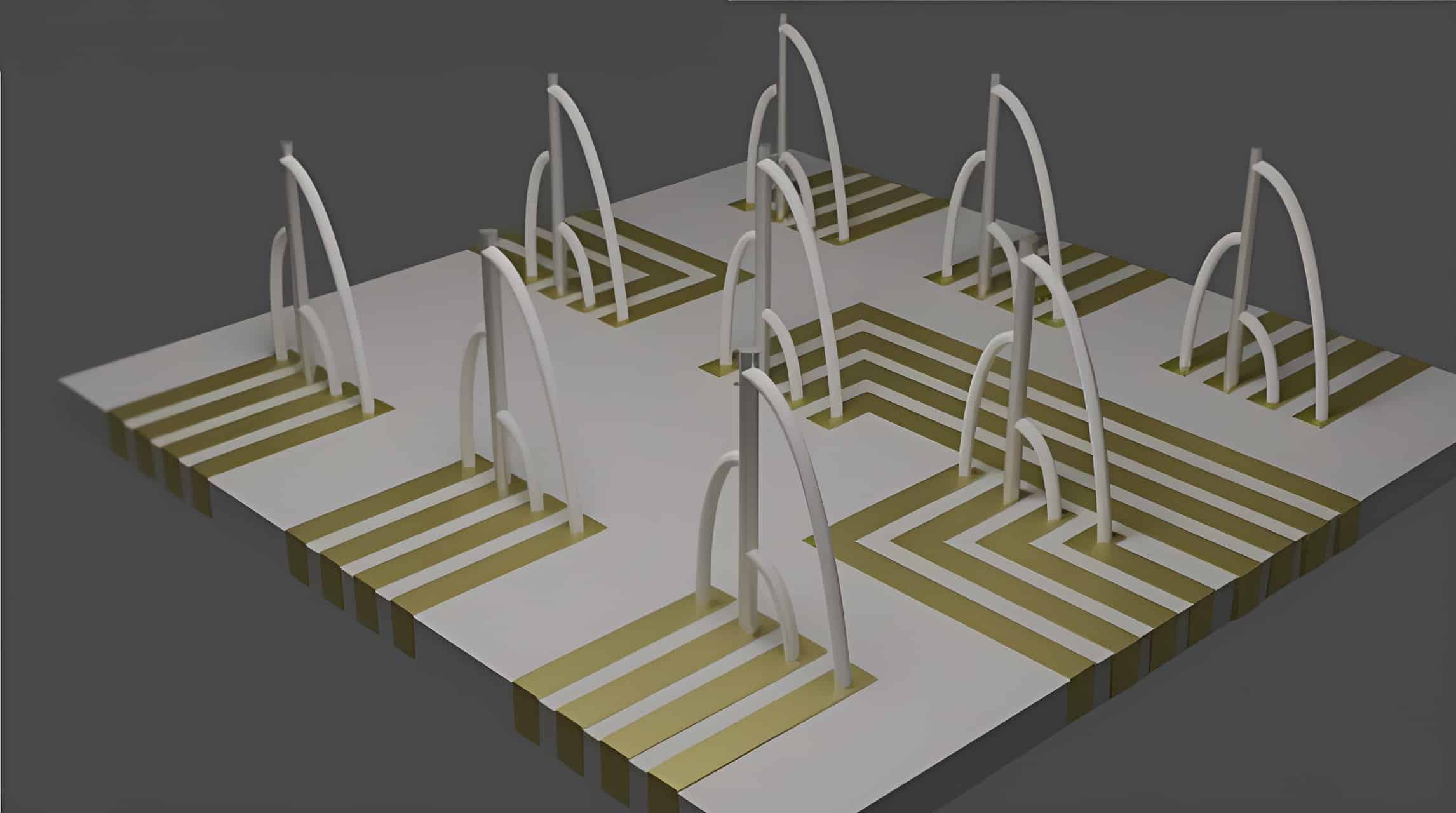
Optical fibers are primarily associated with applications in telecommunications, but in recent years they have also become more and more popular in life sciences. When properly configured, they are used as highly sensitive sensors for detecting even small numbers of biological cells, or as flexible light sources that enable the examination of tissues. This allows, among others, for the early diagnosis of diseases, writes the Warsaw University of Technology in a press release.
It turns out that new carbon-based materials (such as graphene and carbon nanotubes) interact with light in such an unusual way that they can produce even better sensors and light sources.
Recognizing cancer cells with unprecedented sensitivity
CHARMING project sets out to combine these unique properties of optical fibers and carbon nanomaterials. An international and interdisciplinary team is building a platform with a new class of sensors and systems that can be applied to biomedical detection and imaging. This applies in particular to the recognition of cancer cells with unprecedented sensitivity.
The work is performed by specialists from four Belgian universities (Vrije Universiteit Brussel, Universiteit Antwerpen, Université Libre de Bruxelles and Université de Mons) and two Polish institutions: the Warsaw University of Technology and the Łukasiewicz Research Network – the Institute of Microelectronics and Photonics.
A team of five from the Faculty of Physics of the Warsaw University of Technology is involved in the project: Iwona Pasternak, PhD (PI), Włodzimierz Strupiński, PhD Eng. (co-PI), Karolina Czerniak-Łosiewicz, MSc. Our researchers are responsible for the use of nanocarbons.
“We manufacture and characterize two-dimensional materials, in particular graphene and molybdenum sulphide (MoS2) on optical fibers and photonic chips,” says Iwona Pasternak, PhD.
Researchers from the Warsaw University of Technology have been working on these materials for years.
Reducing diagnosis time
“Graphene consists of a sheet-like single layer of carbon atoms, while nanotubes are nano-scale hollow tubes, coiled from the same carbon sheet,” says Pasternak, PhD. “These unique materials interact with light to amplify the electric field and absorb a small amount of incoming light (2.3%). This allows for more sensitive sensors.”
When it comes to diagnosing cancer, when the timing of the disease is so important, it is often a key consideration.
Also interesting: Thermal imaging camera for early detection of cancer
Selected for you!
Innovation Origins is the European platform for innovation news. In addition to the many reports from our own editors in 15 European countries, we select the most important press releases from reliable sources. This way you can stay up to date on what is happening in the world of innovation. Are you or do you know an organization that should not be missing from our list of selected sources? Then report to our editorial team.






